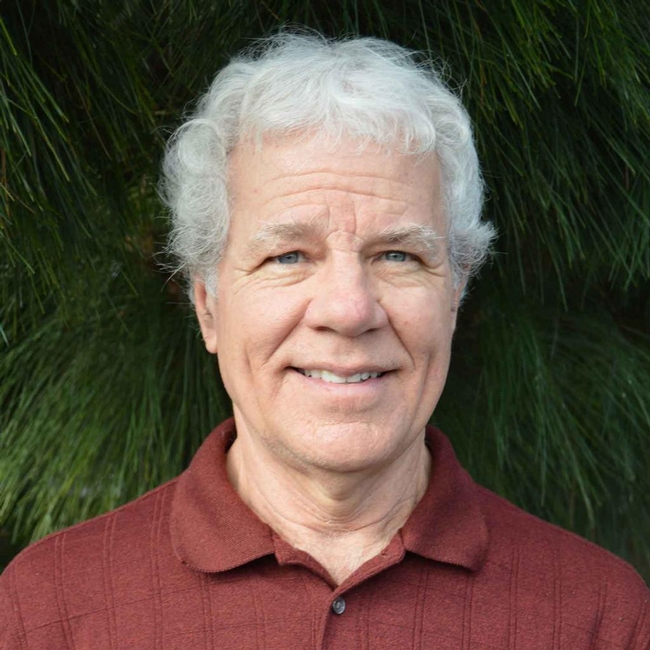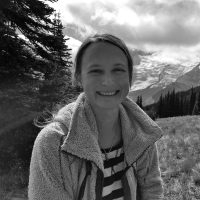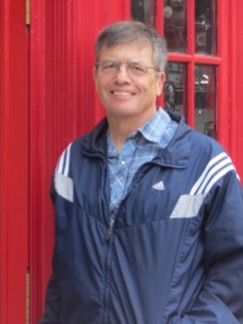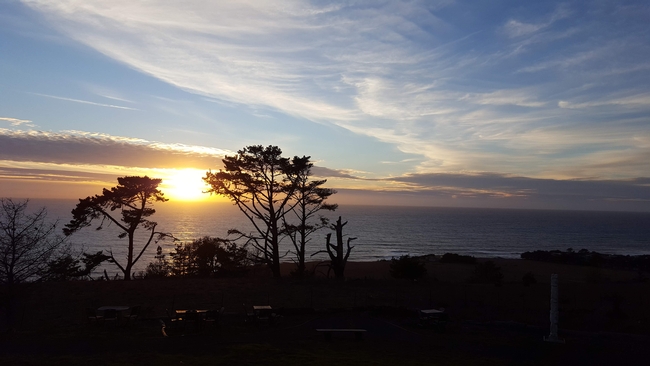Just in time for the 2019 California Naturalist Regional Rendezvous, naturalists can re-discover California's Central Coast through a new UC ANR publication: Natural History of the Central Coast Bioregion. The publication and the Rendezvous event?both outgrowths of the University of California's California Naturalist Program?provide two new opportunities to study, explore, and conserve the natural resources of this unique bioregion.
Lead Author William Tietje
The Central Coast Bioregion, an area between the Pacific Ocean and the San Joaquin Valley, and extending from Monterrey south to Santa Barbara, is home to wildly popular and lesser known destinations. Well known areas include the Big Sur Coast, the estuaries at Elkhorn Slough and Morro Bay, and Monterrey Bay Aquarium. Some of the hidden gems are Pinnacles National Park, Santa Barbara Botanic Garden, and the Gardens of the La Purisima Mission. Together, the authors describe the origins and present composition of the region's environments: “Across the region's 15,000 square miles, physical, and biological processes, combined with time and human actions, have resulted in a broad range of ecosystems, each harboring distinct assemblages of plants and animals.” The publication uses engaging vignettes to highlight local conservationists, regional wildlife, historical and contemporary restoration efforts, and interesting places to explore. It begins with a brief history of the region, providing context to descriptions of subsequent environmental and land-use changes, a reminder to readers that while the future of the central coast is uncertain it will be shaped by our actions.
Co-Author William Preston
Participants enrolled in one of four California Naturalist courses offered in the Central Coast Bioregion will find that Natural History of the Central Coast Bioregion follows the intent of the California Naturalist Bioregions Series, namely, deep dives into the state's ten bioregions. It is the second publication in the series and follows the Natural History of the Sierra Nevada Bioregion by Kim Ingram (University of California Agriculture and Natural Resources) and Susie Kocher (University of California Cooperative Extension Forestry and Natural Resources Advisor). Both publications complement The California Naturalist Handbook (De Nevers, Greg, Deborah Stanger Edelman, and Adina M. Merenlender. University of California Press, 2013) which serves as the primary text for every UC California Naturalist Course.



